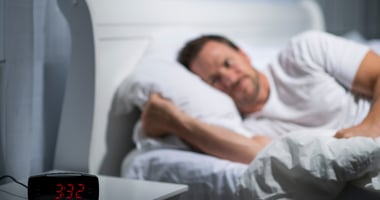As many as a third of all patients with substance use-induced psychosis may go on to develop...
Distinct ‘Biotypes’ Identified That Cross Clinical Psychosis Diagnoses
 |
Carol Tamminga, M.D. (pictured at left), who is the Lou and Ellen McGinley Distinguished Chair in Psychiatric Research at the University of Texas Southwestern Medical Center, and colleagues recruited 800 patients with schizophrenia, schizoaffective disorders, and psychotic bipolar disorder, along with 1,000 of their family members and 250 healthy controls, to complete a battery of neurocognitive and perceptual tasks. The researchers then characterized the participants according to biomarkers corresponding to cognition, auditory stimulation, brain electrical function as measured by electroencephalogram, and oculomotor movements, among other variables.
Using statistical analyses, the researchers identified three neurobiologically distinct subgroups of psychosis, each including patients representing all DSM psychosis categories.
“These data suggest that we have been grouping people in non-biologically homogeneous groups up until now,” Tamminga told Psychiatric News. “We anticipate that each of these biotypes will have a distinctive genetic profile; moreover, if these groups differ in their biological substrate, then unique medications ought to be available to treat each biotype.”
The findings also “illustrate how multiple pathways may lead to clinically similar psychosis manifestations, and they provide explanations for the marked heterogeneity observed across laboratories on the same biomarker variables when DSM diagnoses are used as the gold standard,” the study authors wrote.
For related information, see the Psychiatric News article “Cortisol, Inflammatory Biomarkers May Predict Treatment Response in Schizophrenia.”
For related information, see the Psychiatric News article “Cortisol, Inflammatory Biomarkers May Predict Treatment Response in Schizophrenia.”
(Image: David Hathcox)





